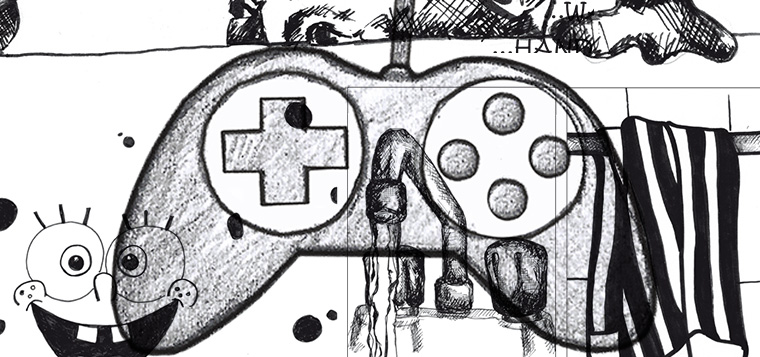E-Commerce: Upgrading to 3.0
 E-сommerce is gradually updating to version 3.0. What does it mean? What were the previous versions? And what are the features of the new one? In this post, we will try give the answers to these questions. The formation of e-commerce can be conditionally divided into three stages. The process itself is still unfinished, and e-commerce is going to get a lot of new forms and updates in the next couple of years. Some of them are obvious (like appearance of gamification and integration into mobile devices) while others are still unpredictable, but we can state with the confidence that all this changes are key elements of e-commerce 3.0 and further versions. For the better understanding of the stage as a particular and the phenomena as a whole, let’s start with versions 1.0 and 2.0.
E-сommerce is gradually updating to version 3.0. What does it mean? What were the previous versions? And what are the features of the new one? In this post, we will try give the answers to these questions. The formation of e-commerce can be conditionally divided into three stages. The process itself is still unfinished, and e-commerce is going to get a lot of new forms and updates in the next couple of years. Some of them are obvious (like appearance of gamification and integration into mobile devices) while others are still unpredictable, but we can state with the confidence that all this changes are key elements of e-commerce 3.0 and further versions. For the better understanding of the stage as a particular and the phenomena as a whole, let’s start with versions 1.0 and 2.0.




